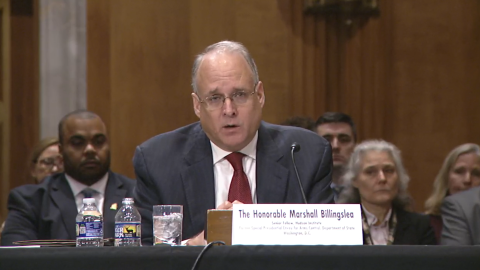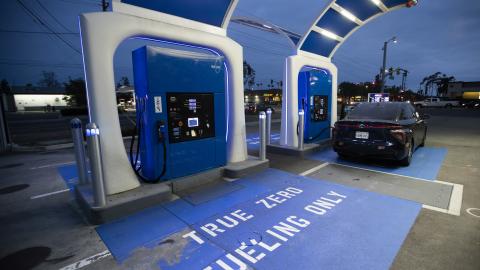The American energy industry stands at a strategic inflection point. A confluence of rising electricity demand driven by AI data centers, electric vehicles, domestic manufacturing and intensifying global competition is reshaping the United States’ approach to its energy future. Yet, despite these emerging opportunities, U.S. energy policy remains mired in regulatory uncertainty and political volatility, particularly regarding the future of natural gas and its role in producing clean hydrogen.
These dynamics threaten to undermine the nation’s competitive edge.
The 2022 passage of the Inflation Reduction Act marked a significant pivot toward government-led incentives for clean energy technologies, including renewables, carbon capture and hydrogen. However, implementation challenges, such as complex regulatory guidance, technology-specific mandates, and an overemphasis on environmental requirements, undermined deployment timelines and diluted the intended economic effect.
In response, the administration has adjusted its approach. Efforts under the “Energy Dominance” agenda have focused on increasing domestic oil and gas production, reforming federal permitting, and restoring the role of dispatchable energy resources.
However, legislative alignment remains essential, and Congress could strengthen the agenda by unleashing American gas producers to secure greater market share globally through emerging solutions like hydrogen.
A House-passed bill — the One, Big, Beautiful Act — proposes to sunset most IRA-era energy credits, including Section 45V, which incentivizes clean hydrogen production.
The Senate is now considering the legislation, though some senators have signaled support for retaining targeted provisions to sustain project momentum in their home states. With global demand for clean hydrogen and its derivatives accelerating, the 45V credit provides a critical policy lever to ensure the U.S. remains a dominant player.
This moment warrants strategic nuance, not blunt policy reversals. Clean hydrogen represents a rare bipartisan opportunity to expand American natural gas markets while advancing decarbonization goals. The United States produces 95 percent of its hydrogen using natural gas via steam methane reforming, while others have introduced additional innovative methods such as methane pyrolysis.
Of the 4.6 million metric tons of new hydrogen production capacity committed globally by 2030, the U.S. accounts for nearly 35 percent, or 1.6 metric tons, of the projects that have passed the final investment decisions.
However, if the Senate follows the House’s lead and repeals the 45V tax credit, the U.S. risks losing its foothold, ceding ground to foreign competitors. It would also choke off a critical new growth market for American natural gas.
Meanwhile, China is moving aggressively. In 2022, the Chinese Communist Party unveiled its first Hydrogen Industry Medium- and Long-Term Development Plan (2021–2035). The effect has been significant. While China accounted for less than 10 percent of global electrolyzer capacity in 2020, by the end of 2023, it controlled 50 percent of the market.
China’s rapid mobilization should serve as a wake-up call to U.S. policymakers. The same dynamics that enabled China to dominate critical mineral supply chains now threaten America’s future position in the hydrogen market.
If Congress is serious about securing U.S. energy independence and global competitiveness, it must avoid whipsawing developers between conflicting policy regimes. The key is not preserving tax credits but streamlining the country’s arcane and cumbersome permitting processes. Without timely project approvals, no amount of incentive will bring hydrogen capacity online at the scale required.
The stakes are high. Energy policy uncertainty risks undercutting national security, economic resilience and leadership in innovation. As other nations implement long-term strategic frameworks, the United States must chart a stable, forward-looking course, one that leverages our domestic resource base, encourages private-sector innovation, and fosters investment in next-generation energy infrastructure.
America’s global leadership in energy is not a foregone conclusion. It will depend on deliberate choices made today.



















